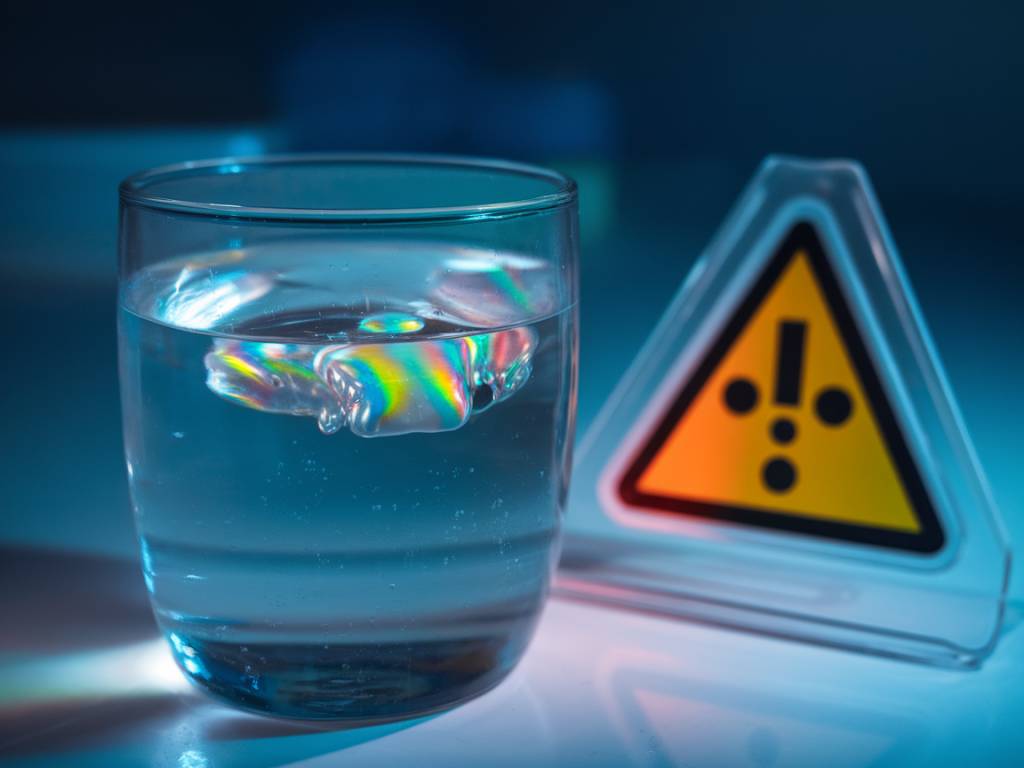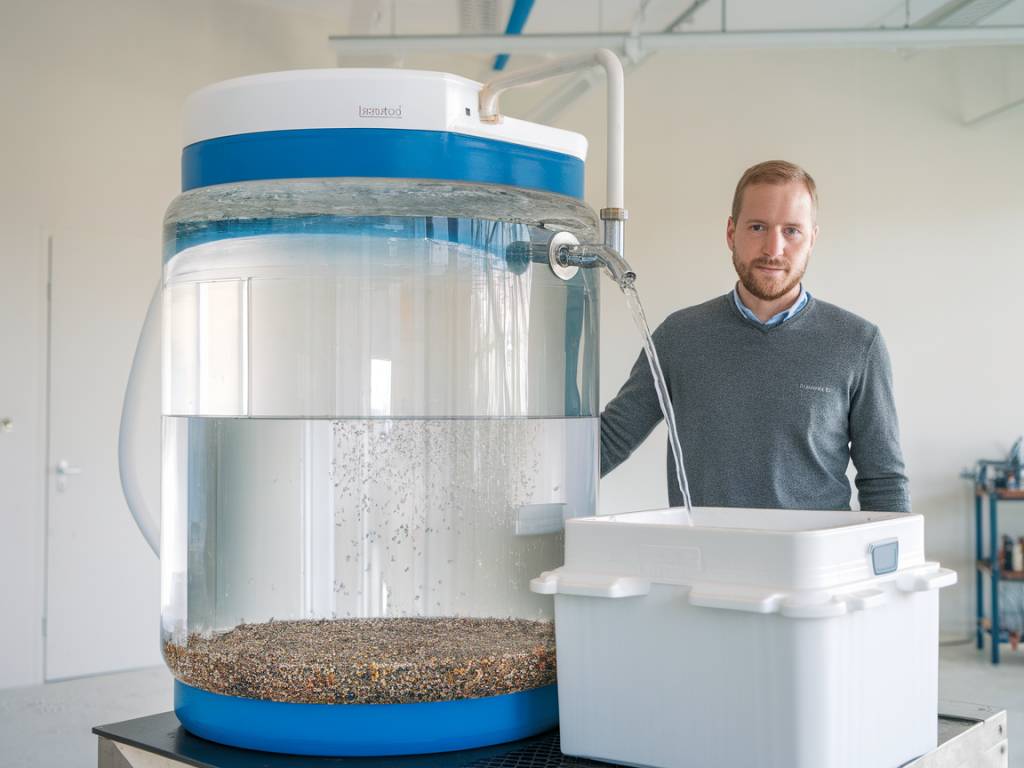Fluoride in Drinking Water: Essential for Health or a Hidden Risk?
Fluoride has been a topic of debate for decades. On one hand, it is praised for its role in preventing tooth decay; on the other, it is scrutinized for potential adverse health effects. So, should you embrace fluoride in your drinking water, or should you filter it out? Let’s dive into the facts to help you make an informed decision.
What is Fluoride and Why is it in Our Water?
Fluoride is a naturally occurring mineral found in various water sources, soil, and even some foods. Since the mid-20th century, many countries have opted to add fluoride to municipal water supplies. The primary reason? Dental health. Research has shown that fluoride can strengthen tooth enamel and reduce cavities, which is why community water fluoridation has been widely endorsed by public health organizations.
The Health Benefits of Fluoride
Adding fluoride to drinking water is often credited with significant reductions in tooth decay, particularly in communities where access to dental care might be limited. According to the American Dental Association (ADA), fluoridation reduces cavities by about 25% in children and adults.
Some key benefits of fluoride include:
- Strengthening tooth enamel, making it more resistant to acid attacks from plaque and sugar.
- Helping to remineralize early signs of tooth decay before they turn into cavities.
- Ultimately reducing dental treatment costs over a lifetime.
Seems like a win-win, right? Well, not everyone is convinced fluoride is entirely harmless.
Potential Risks of Fluoride in Drinking Water
Despite its oral health benefits, concerns about fluoride’s long-term effects have grown over the years. Some of the primary risks associated with fluoride consumption include:
- Dental Fluorosis: Excess fluoride intake, especially in children, can lead to white spots or streaks on the teeth. While often just a cosmetic issue, severe cases can cause enamel damage.
- Skeletal Fluorosis: Long-term exposure to high levels of fluoride can contribute to bone issues, resulting in joint pain and stiffness.
- Neurological Concerns: Studies have explored potential links between high fluoride exposure and cognitive development issues, particularly in children. Some research suggests that excessive fluoride intake may negatively impact IQ levels, though the findings remain controversial.
- Thyroid Function: High levels of fluoride may interfere with iodine absorption, which could affect thyroid function and lead to metabolic imbalances.
So, while fluoride has clear dental advantages, excessive consumption may have unintended side effects. The key lies in balancing fluoride intake.
How to Determine Fluoride Levels in Your Drinking Water
Fluoride levels in municipal tap water are regulated and typically range between 0.7 to 1.2 mg/L. If you’re unsure about your local water supply, here’s how to find out:
- Contact Your Water Provider: Most municipalities provide annual water quality reports detailing fluoride levels.
- Use a Home Testing Kit: DIY fluoride test kits are available online if you want to check your water at home.
- Check Government Databases: In some countries, government agencies publish fluoride level maps by region.
Knowing your water’s fluoride concentration can help you decide whether additional filtration is necessary.
Should You Remove Fluoride from Your Drinking Water?
Deciding whether to remove fluoride from your water is a personal choice, largely dependent on your health priorities and beliefs. If you are concerned about potential health risks, there are ways to reduce fluoride exposure:
- Reverse Osmosis Filters: Highly effective at removing fluoride, these systems filter water through a semi-permeable membrane.
- Activated Alumina Filters: Specifically designed for fluoride reduction, these filters are commonly used in home purification systems.
- Distillation Units: By boiling water and condensing the steam, distillation removes most contaminants, including fluoride.
Keep in mind that removing fluoride also eliminates its dental benefits, so you may need to seek alternative sources, such as fluoride toothpaste or professional fluoride treatments.
Fluoride in Bottled Water: A Hidden Concern?
Many people opt for bottled water, assuming it’s free from fluoride. However, not all bottled water brands are fluoride-free. Some contain natural fluoride derived from their water sources, while others have added it to match municipal water standards.
If avoiding fluoride is important to you, check the label for phrases like “fluoride-free” or look up the brand’s water quality report. Alternatively, consider using filtered water in reusable bottles to control your fluoride intake more effectively.
Finding the Right Balance
Fluoride in drinking water remains a highly debated topic, with valid arguments on both sides. On one hand, it plays a critical role in dental health, helping to prevent cavities and strengthen enamel. On the other, excessive exposure may lead to unwanted health concerns.
For many, the best approach is moderation. If you live in a fluoridated area and consume additional fluoride through toothpaste and food, you may want to monitor your intake. If you’re concerned about potential risks, investing in a quality water filtration system can help you take control over what’s in your glass.
At Oasis Water Purification, we believe in empowering individuals with the knowledge they need to make informed water choices. Whether you embrace fluoride’s dental benefits or prefer to filter it out, the most important thing is to stay hydrated with clean, safe water that aligns with your personal health needs.


